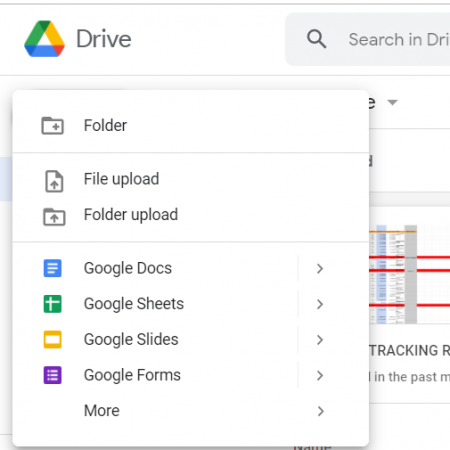Excel to Google Sheets Conversion Guide

Transitioning from Microsoft Excel to Google Sheets can streamline collaboration and enhance accessibility for teams working in diverse environments. Whether you're looking to switch permanently or simply share a file across teams, knowing how to convert an Excel workbook into Google Sheets is essential. In this comprehensive guide, we'll walk you through every step of the process, discuss common pitfalls, and provide tips for a seamless transition.
Prerequisites for Conversion

Before you begin, ensure that:
- You have an active Google account.
- Your Excel file is formatted correctly with no hidden data or unsupported elements.
- You understand that some features might not translate perfectly due to differences in functionality between Excel and Sheets.
Step-by-Step Conversion Process

1. Upload Your Excel File to Google Drive

Navigate to Google Drive, sign in, and follow these steps:
- Click on “New” in the top left corner.
- Select “File Upload” and choose your Excel (.xlsx or .xls) file from your computer.
- Wait for the file to upload to your Drive.
2. Open with Google Sheets

Once uploaded:
- Right-click on the file in Google Drive.
- Select “Open with” > “Google Sheets”.
3. Review the Converted Sheet

Upon opening, Google Sheets will attempt to convert your Excel data:
- Check for any formatting issues, like merged cells or data validation that might not convert exactly as expected.
- Ensure formulas and functions are intact. Some functions might have different names or syntax in Google Sheets.
4. Adjust Formulas and Formatting

Common adjustments include:
- Updating any references from Excel-specific functions to Google Sheets equivalents (e.g., VLOOKUP to LOOKUP).
- Adjusting cell references and named ranges if necessary.
⚠️ Note: Some advanced Excel features like array formulas or macros might not have a direct equivalent in Google Sheets, requiring manual reconfiguration.
5. Export as Google Sheets

After conversion:
- Go to “File” > “Download” > “Google Sheets.”
- Your sheet will now be saved as a Google Sheets file (.gsheet).
6. Share and Collaborate

Now that your file is in Google Sheets, you can:
- Share the file with collaborators by clicking the “Share” button in the top right corner.
- Set permissions for viewing, editing, or commenting.
| Action | Excel | Google Sheets |
|---|---|---|
| Collaboration | Difficult (requires sharing files) | Easy (built-in sharing permissions) |
| Formula Syntax | Specific to Excel | Slightly different (check for equivalents) |
| Compatibility with Data Types | Full range of types | Limited, focus on standard data types |

Possible Pitfalls

- Data Loss or Corruption: Complex data structures or formatting might not carry over correctly.
- Function Conversion: Not all Excel functions have direct equivalents in Google Sheets, requiring manual updates.
- Conditional Formatting: While supported, the rules and styles can differ between the two applications.
🌟 Note: Always backup your Excel files before conversion, and consider testing with a small sample first.
In this transition from Excel to Google Sheets, you'll find that the process, while not perfect, offers significant benefits for collaboration and accessibility. Although some time might be needed to reconfigure and adjust to the new environment, the end result provides a more flexible and team-friendly workspace. The key is to approach the conversion with a clear understanding of both platforms' capabilities and limitations, ensuring a smooth transition.
Can I convert a single Excel sheet within a workbook to Google Sheets?

+
Yes, but you’ll need to convert the entire workbook. Once converted, you can then export individual sheets as separate Google Sheets files.
What happens to my charts when I convert Excel to Google Sheets?

+
Charts are converted but might require manual adjustment in terms of styling and settings, as some chart types or specific customizations might not match exactly between Excel and Sheets.
Are there any limitations in Google Sheets compared to Excel?

+
Yes, Google Sheets has fewer advanced features than Excel, particularly in areas like data analysis tools, pivot tables, and complex macros or VBA scripting. However, it offers robust sharing and collaboration features, real-time updating, and integration with other Google services.



